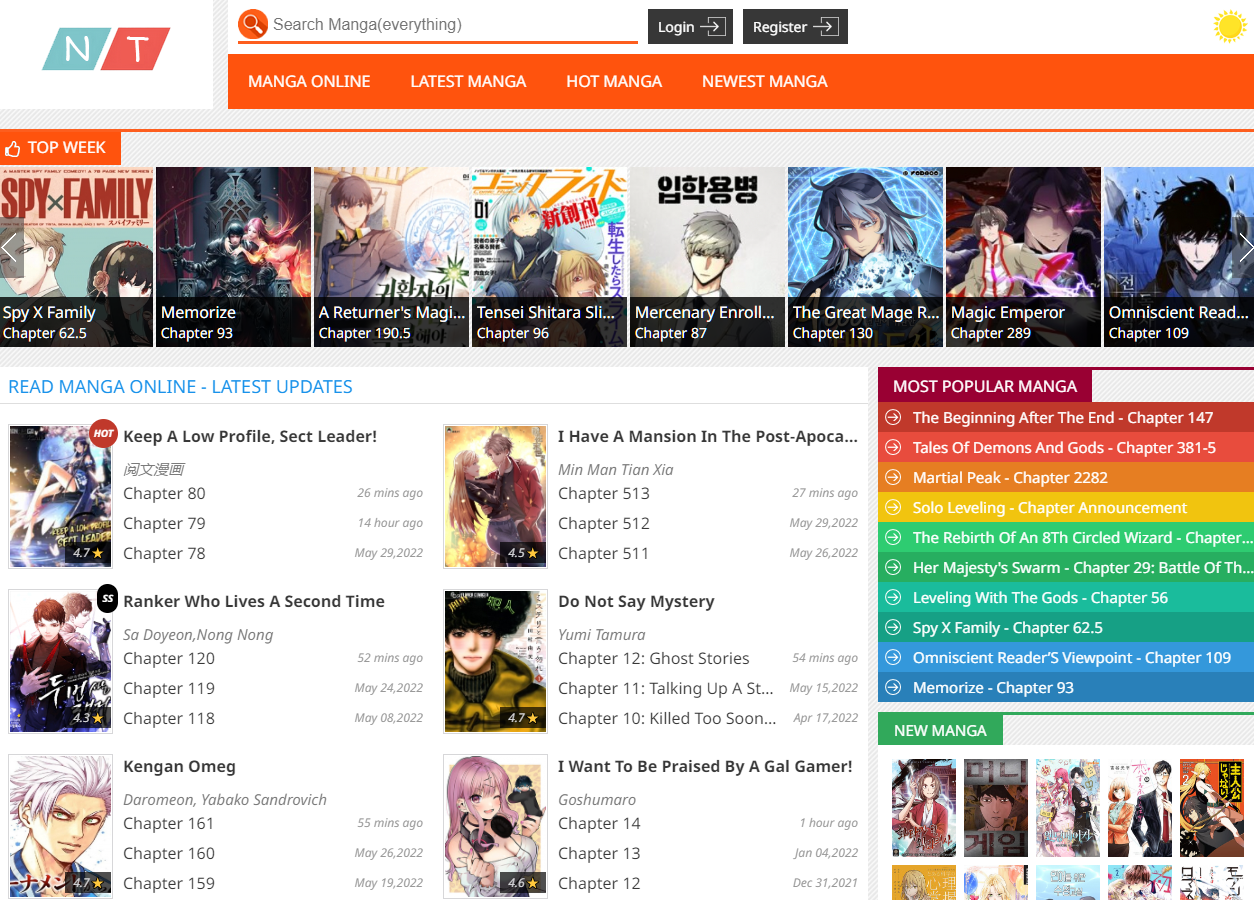🌟 Dịch Vụ Chất Lượng Cao 🌟
✓ 301 Redirect: Chuyển hướng domain an toàn, giữ nguyên giá trị SEO
✓ Guest Post: Đăng bài chất lượng trên các website uy tín
✓ Hỗ trợ tư vấn 24/7
✓ Báo giá cạnh tranh
✓ Thời gian xử lý nhanh chóng
📱 Liên hệ ngay qua Telegram: @subdomaingov
⚡ Hỗ trợ tư vấn miễn phí
mangakalot
₫5.687.986
mangakalot ©: Top Fantasy Manga to Add to Your Reading List
Product description
Exploring the Depths of Manga Summary Blue Seed - A Journey into Myth and Modernity
Manga summary Blue Seed unveils a thrilling narrative intricately woven with elements of myth, action, and romance. Set against the backdrop of Japanese folklore and modern-day Tokyo, Blue Seed captures the essence of cultural heritage while delivering an engaging plot filled with supernatural encounters. In this article, we will delve deep into its storylines, characters, themes, and what makes it a beloved piece in the manga community.
The Enigmatic World of Blue Seed
The world of Blue Seed is rich and layered, combining ancient legends with contemporary urban life.
Historical Context
Understanding the historical context of Blue Seed enhances our appreciation of its narrative. The series draws heavily from Japanese mythology, particularly the legend of the "Kusanagi no Tsurugi" and the concept of the "Daikokuten." These elements are pivotal to the backstory and motivations of various characters.
The amalgamation of these age-old myths with modern society creates a unique tension within the storyline. It reflects how traditional beliefs can coexist with contemporary issues like urbanization, technology, and individual struggles. This thematic layering adds depth to the characters’ experiences and decisions, drawing readers into a world where the past is always lurking beneath the surface of the present.
Core Characters
The dynamics between the principal characters are at the heart of Blue Seed. The protagonist, Momiji Fujimiya, is portrayed as a strong-willed young woman who discovers her lineage tied to mythical warriors destined to combat the monstrous "Amoebas."
Momiji’s character development is central to the story. Throughout the series, she transforms from a naive girl into a fierce warrior guided by duty and responsibility. Her relationships with supporting characters, such as Kyouji Morimura and the organization called the “Kagura,” add layers of complexity to her journey.
Kyouji serves as both a mentor and love interest, embodying the tensions between personal desire and larger obligations. Their interactions highlight the series’ exploration of love, sacrifice, and the weight of destiny, making their relationship one of the more engaging aspects of the narrative.
Themes of Destiny and Choice
At its core, Blue Seed grapples with the themes of destiny versus free will. Momiji and her allies are burdened with prophecies that dictate their paths, yet they continuously struggle to assert their choices.
This push-and-pull dynamic resonates throughout the manga. Readers become invested in the question: to what extent are we puppets of fate? Or can we carve our own destinies in the face of overwhelming odds?
The creators skillfully navigate this philosophical terrain, providing not only entertainment but also food for thought. The conclusion of Momiji’s journey ultimately poses profound questions about our own lives, prompting reflections on control, agency, and acceptance of one's fate.
The Artistry of Blue Seed
The visual storytelling in Blue Seed plays a crucial role in enhancing the reader's experience.
Unique Art Style
The art style of Blue Seed showcases a blend of detailed character designs and lush backgrounds. The manga incorporates intricate line work and shading techniques that bring the vibrant world to life.
Each panel is crafted with precision, capturing the emotional nuances of character expressions during critical moments. This artistry complements the unfolding drama, immersing readers in intense scenes of battle, sorrow, and joy.
The pacing of visual storytelling is equally commendable. Action sequences are rendered with kinetic energy, keeping readers on the edge of their seats. Conversely, quieter moments are beautifully depicted, allowing for reflection and connection to the characters’ inner worlds.
Symbolism Through Imagery
Imagery and symbolism play a significant role in Blue Seed. For instance, the recurring motif of cherry blossoms serves as a poignant symbol of beauty, transience, and renewal.
Cherry blossoms bloom and fall, mirroring the characters' struggles and growth throughout the series. This visual metaphor encapsulates the essence of impermanence—a key theme resonating with Japanese culture.
Nature is further represented through the depiction of mythical creatures, reflecting the clash between humanity and the natural world. The Amoebas symbolize not only external threats but also internal conflicts, representing fears and challenges each character must confront.
Impact on the Manga Community
The artistic merit of Blue Seed has made it a staple among comic enthusiasts. Its unique blend of action, romance, and mythology allows for diverse interpretations, fostering discussions within fan communities.
Online forums and social media platforms buzz with analyses of character arcs, artistic choices, and thematic explorations. This engagement keeps the spirit of the manga alive long after its initial publication, ensuring that Blue Seed remains a topic of conversation among new and seasoned readers alike.
The Cultural Significance of Blue Seed
As Blue Seed transcends borders, it embodies cultural significance beyond mere entertainment.
Bridging Traditions
The blending of ancient folklore with modern struggles presents a compelling narrative about identity. As globalization continues to influence cultures, works like Blue Seed remind us of the importance of preserving and honoring our roots.
Momiji’s journey, infused with the essence of Japanese mythology, invites international audiences to appreciate the complexities of Japanese culture. Such narratives bridge gaps, fostering cultural exchange and understanding among diverse populations.
Gender Dynamics
In addition to its exploration of folklore, Blue Seed addresses gender dynamics through its female lead. Momiji’s character breaks traditional molds typically found in manga—she is not a damsel in distress but a powerful figure shaped by her decisions and actions.
Her evolution challenges stereotypical portrayals of women in Japanese media, presenting a nuanced perspective on femininity and strength. Readers witness her struggles and triumphs as she forges her path, empowering others to embrace their strength irrespective of societal expectations.
This progressive representation resonates with contemporary discussions surrounding gender roles, making Blue Seed relevant beyond its time of creation.
Reflection on Nature and Technology
Blue Seed also serves as a critique of humanity’s relationship with nature. The emergence of the Amoebas symbolizes the consequences of technological advancements—an allegory for the potential perils of disregarding ecological balance.
This theme has grown increasingly relevant in today’s society, where discussions surrounding climate change and environmental responsibility dominate public discourse. By weaving this message into the narrative, Blue Seed becomes more than just a tale of adventure; it transforms into a cautionary tale urging readers to consider their impact on the world.
Frequently Asked Questions
What is the main premise of Blue Seed?
Blue Seed follows Momiji Fujimiya, a young woman with ties to mythological warriors destined to protect humanity from monstrous beings known as Amoebas. As she uncovers her heritage, she must balance her responsibilities while exploring themes of love, sacrifice, and self-discovery.
How does Blue Seed incorporate Japanese folklore?
The series draws from various elements of Japanese mythology, particularly the Kusanagi no Tsurugi legend. These mythological references serve as the foundation for the plot, intertwining ancient tales with contemporary settings and characters.
Who are the main characters in Blue Seed?
Key characters include Momiji Fujimiya, the protagonist; Kyouji Morimura, her mentor and love interest; and various members of the Kagura organization. Each character contributes significantly to the overarching narrative and the exploration of themes related to destiny and choice.
What are some major themes explored in Blue Seed?
Major themes include the conflict between destiny and free will, the power dynamics of gender, and the relationship between humanity and nature. These themes encourage deeper reflections on personal agency, societal expectations, and environmental responsibility.
Why is Blue Seed considered a significant work in manga?
Blue Seed is lauded for its unique blend of action, romance, and mythology. Its rich storytelling, character depth, and artistic merit have garnered a loyal following, ensuring its place as a notable entry in the manga canon.
Conclusion
In conclusion, the Manga summary Blue Seed offers a fascinating glimpse into a world where ancient myths collide with modern life, creating a captivating narrative that resonates across different cultures. It explores profound themes of destiny, choice, and the human experience through richly developed characters and stunning artwork.
As readers engage with Blue Seed, they are invited not just to witness a story unfold but to reflect upon their own lives and the choices they make. This multi-layered approach is what sets Blue Seed apart, solidifying its status as a cherished classic within the expansive realm of manga. Whether you’re a seasoned manga enthusiast or a newcomer, delving into Blue Seed promises an unforgettable journey through imagination, emotion, and the enduring power of storytelling.







